Description
Imagine that you own and operate a website from which you sell software that you’ve developed. created yourself and also provide it as a service to anyone who visit your website. The software you sell would be your own creation. You have arrived at the conclusion that the best way to achieve your goal of better catering the website to the individual requirements of each user is to get started collecting data on the individuals who use the website. You have come to this conclusion because you have come to the conclusion that collecting data on the individuals who use the website is the best way to achieve your goal. This data includes not only the type of computer and operating system that visitors use, but also the internet browser that they use to access the website, the country in which they are residents, as well as the time of day that they viewed the website. Additionally, this data also includes the amount of time that visitors spend on the website. Your ultimate objective is to make the website more helpful for each individual user in a manner that is specific to them. You have the capability of obtaining this information for each and every individual visitor, and if they make a purchase, you are aware of both the product that they purchased as well as the payment method that they used to acquire it (say PayPal or a credit card). As a direct consequence of this, you will get a list of client data that is presented in such a way, and this list will be made for each and every user that makes a purchase from your online company (computer type, web browser, country, time, software bought, how paid). For instance, the first three pieces of information that you obtain may comprise anything that falls along these lines: The very first thing that we are going to do is take a look at some of the terminology that is going to be used all the way through the rest of the book; a small piece of this language was presented in the Introduction. We are going to look at some of the terminology that is going to be used all the way through the rest of the book. In this section, we are going to have a look at some of the terminology that is going to be used throughout the whole of the remaining chapters in the book. In this section, we will discuss inputs and input vectors in relation to the learning algorithms that we have created. Our focus will be on deep reinforcement learning. In particular, we will be concentrating on the ways in which the two ideas are connected to one another. We are going to speak about the results that were brought about by the algorithm in a manner that is fairly comparable to this one. The phrases “inputs” and “outputs” refer, respectively, to the data and instructions that are brought into the algorithm and the outcomes that are generated by the algorithm. In other words, “inputs” and “outputs” are synonymous terms.
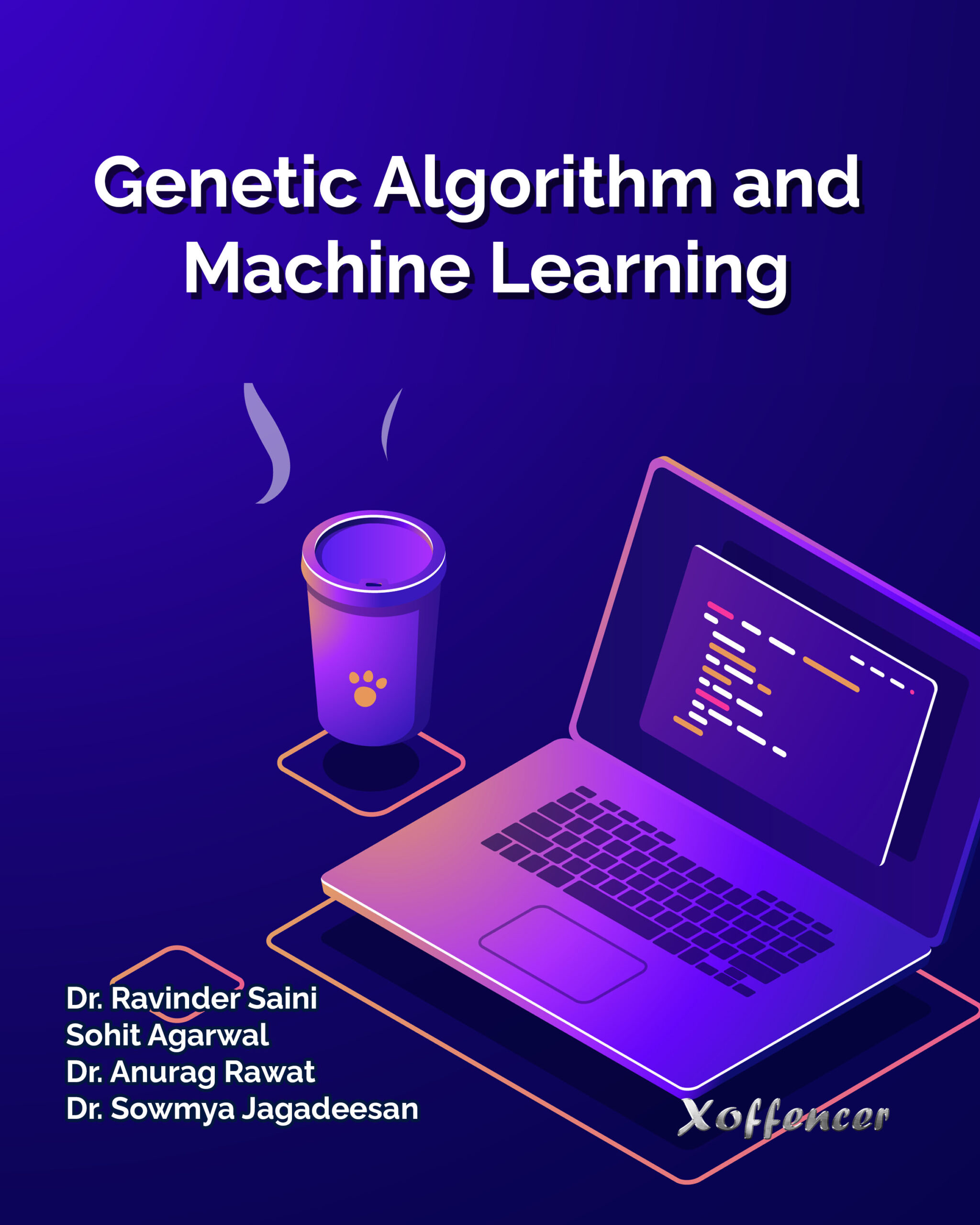

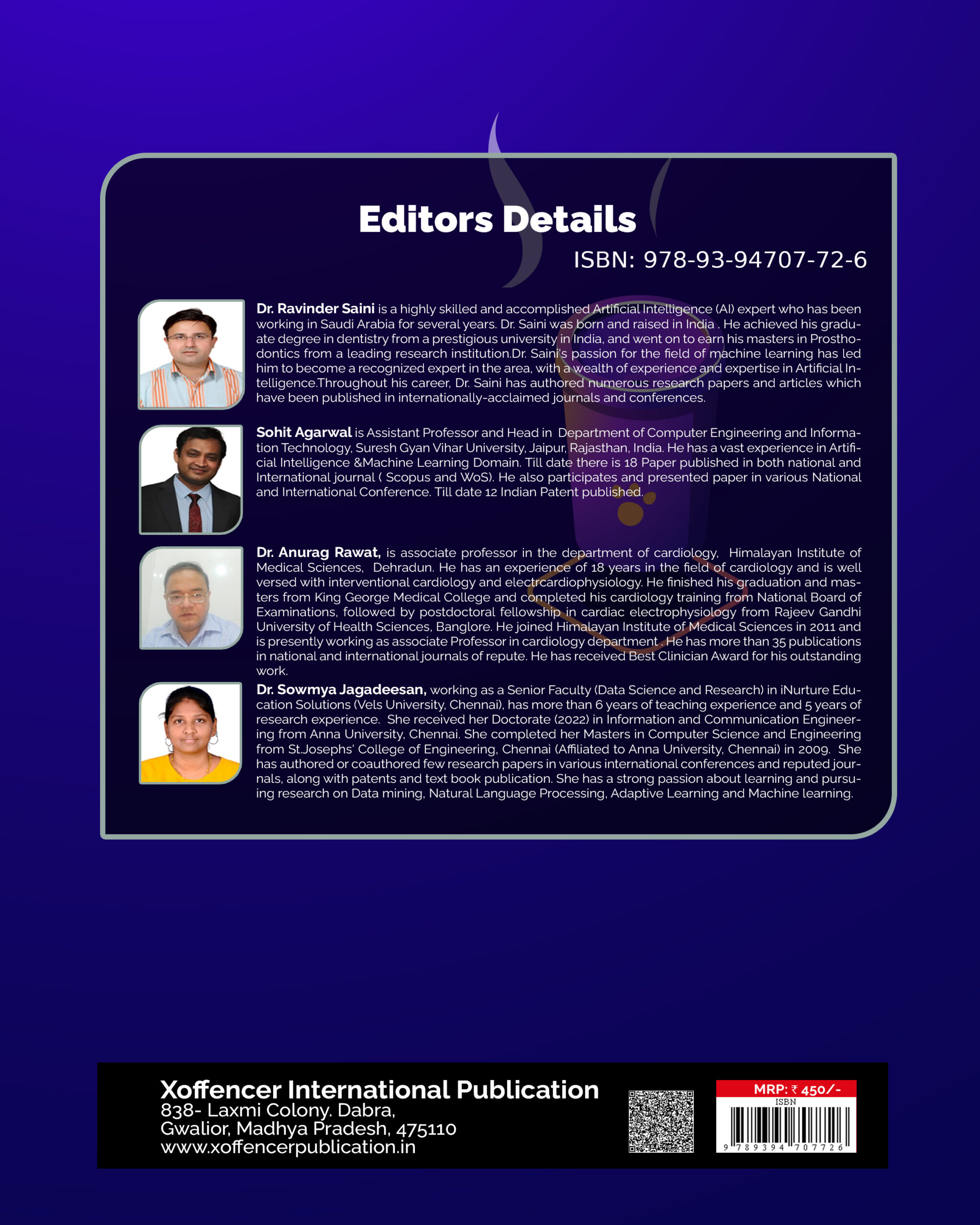
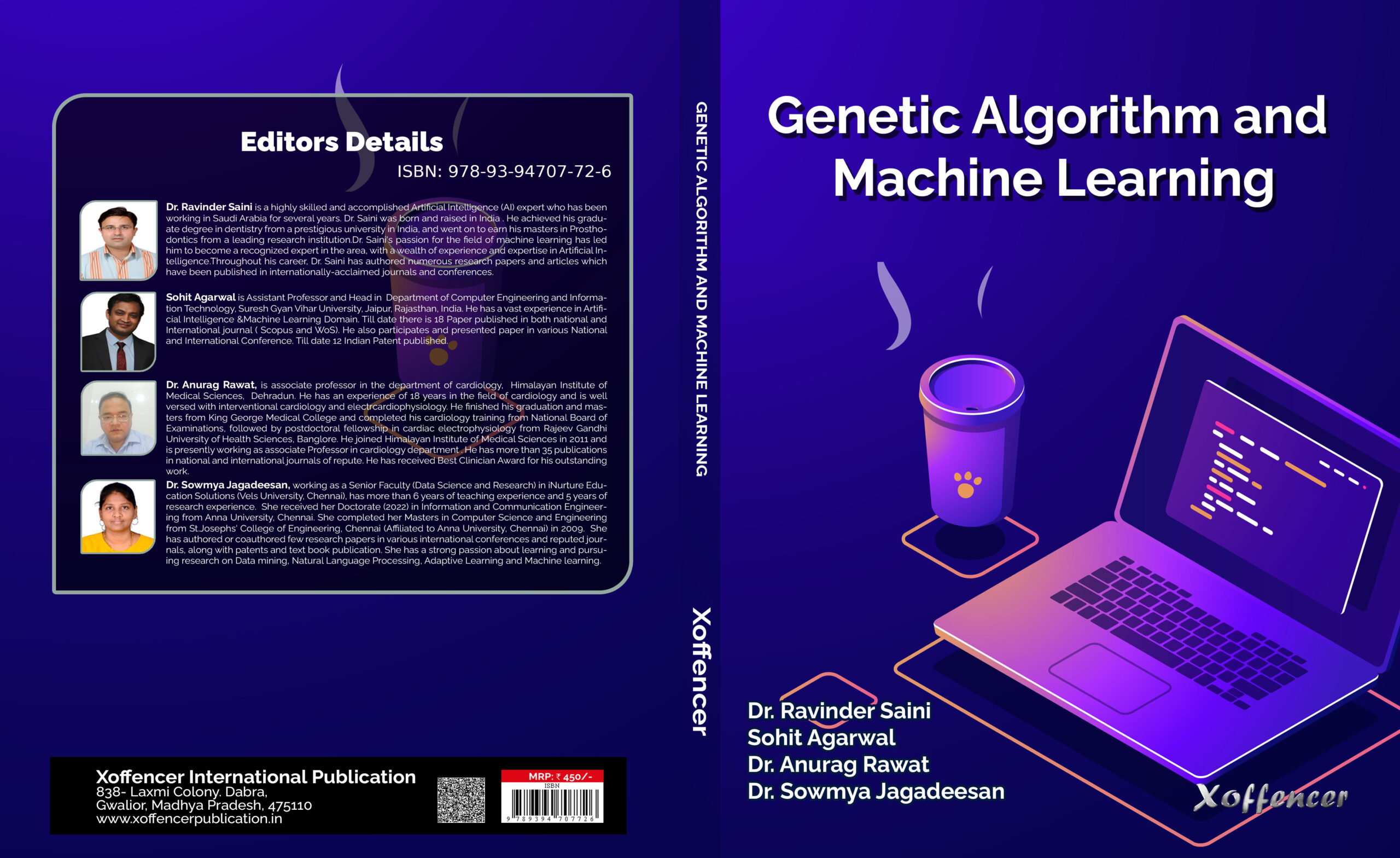


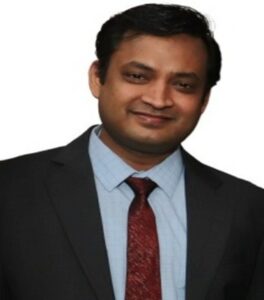



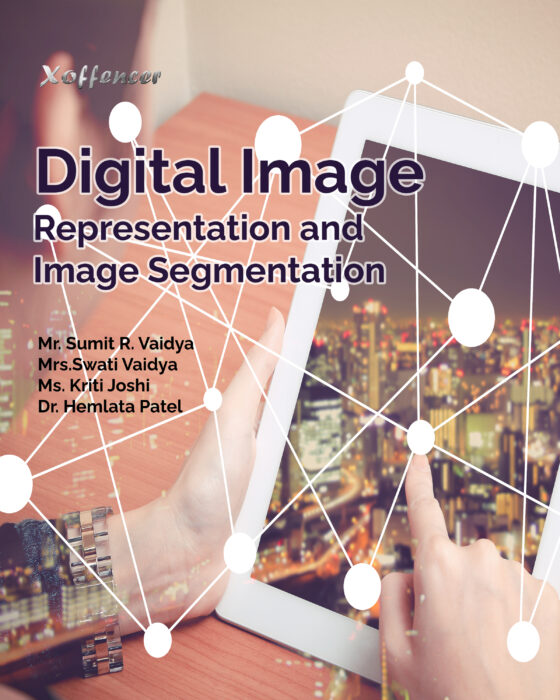
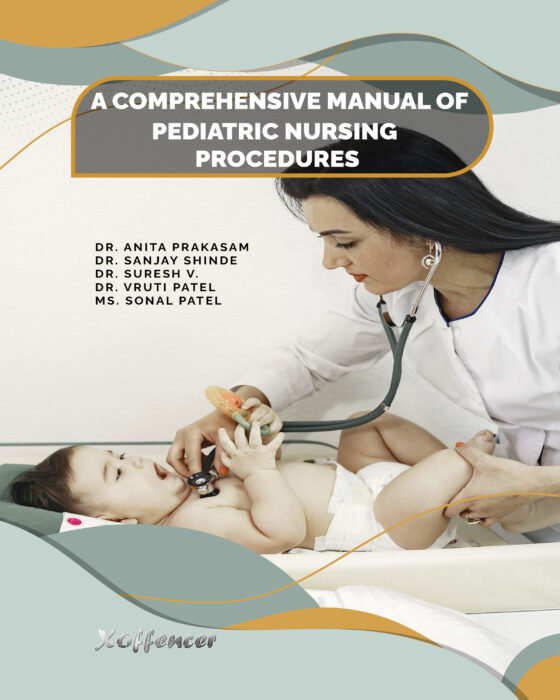

Reviews
There are no reviews yet.